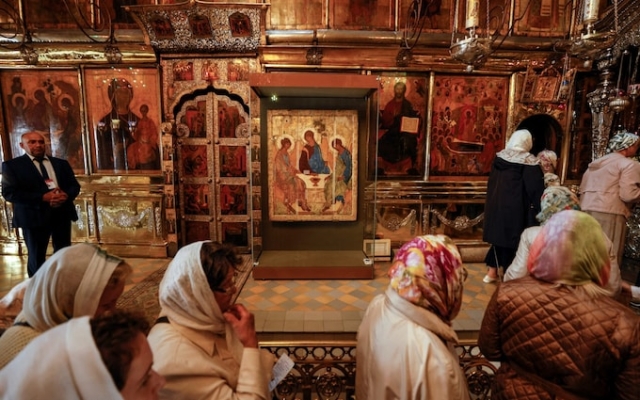 “Putin is scared. I think this is the only reason why the icon of the Holy Trinity was given to the church,” Ksenia Luchenko told the Ekho Moskvy radio station in exile. Photo: MAXIM SHEMETOV
“Putin is scared. I think this is the only reason why the icon of the Holy Trinity was given to the church,” Ksenia Luchenko told the Ekho Moskvy radio station in exile. Photo: MAXIM SHEMETOV
The increasingly superstitious Vladimir Putin issued a historic decree. to move Russia's most valuable Orthodox icon from a museum to a church in the apparent hope of making up for the country's losses on the battlefields in Ukraine.
Despite fears that the priceless work of art could be damaged beyond repair, the Tretyakov Gallery in Moscow was ordered transfer the icon of Andrey Rublev «Holy Trinity» of the 15th century to the Russian Orthodox Church.
The deeply pro-Putin church, which wholeheartedly supported the invasion of Ukraine, was not even allowed to borrow the icon until a three-week exchange was arranged last summer.
Museum staff later reported minor damage caused by improper storage conditions.
p>
Putin has not publicly explained his decision to transfer the icon permanently.
The move was first reported by the Russian Orthodox Church, which said in a statement on Monday that the president had heeded «numerous requests from Orthodox believers.»
«Putin is scared»
The priceless painting will reportedly be on display in Moscow's main cathedral within a year, and then move to a monastery outside the capital.
“Putin is scared. Only in this, I believe, is the true reason for the transfer of the icon of the Holy Trinity to the church, ”said Ksenia Luchenko, a well-known church publicist, to the Ekho Moskvy radio station in exile.
“ He has a primitive superstition in everything, with regard to religion.
“Putin previously blessed the idea of handing out (pocket) icons to the troops, but it didn’t work out. Now they have decided to go even further.”
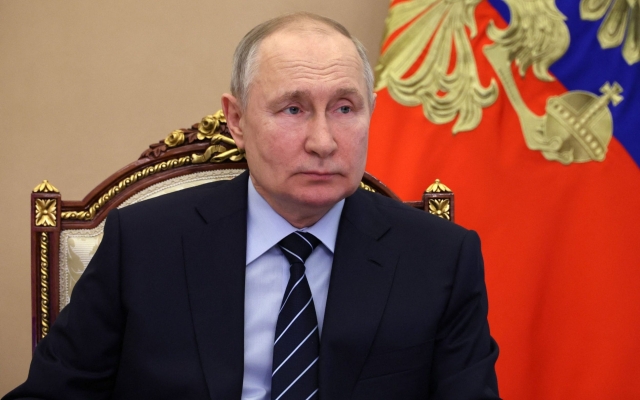 During his first visit to occupied Kherson last month, Vladimir Putin gave the Russian top command an Orthodox icon to portray the invasion as a Holy War Photo: MIKHAIL KLIMENTIEV/AFP
During his first visit to occupied Kherson last month, Vladimir Putin gave the Russian top command an Orthodox icon to portray the invasion as a Holy War Photo: MIKHAIL KLIMENTIEV/AFP
During his first visit to occupied Kherson last month, Putin presented an Orthodox icon to the Russian high command in an apparent attempt to portray the invasion as a holy war for Russia's survival.
Separately, the Hermitage Museum in St. the church is the coffin in which the relics of the 13th-century prince Alexander Nevsky were once kept, whom Putin called a model of Russia's eternal struggle with the West.
Art historians have compared the 600-year-old icon of the Holy Trinity to a patient on life support who will be doomed as soon as he is unhooked from medical equipment.
The icon will “die” if it is moved
Sofya Bagdasarova, a well-known art critic, said earlier on this week that the icon would «literally die within a year or a few months» if moved somewhere for an extended period of time.
This monumental decision provoked scathing criticism, even among Mr. Putin's confidants.
Mikhail Shvydkoy, longtime presidential plenipotentiary for cultural cooperation, wrote an article for the government-run Rossiyskaya Gazeta warning him that “removing masterpieces like Trinity from the museum environment could cause irreparable damage that needs to be addressed. avoided.”
Elizaveta Likhacheva, newly appointed director of the Pushkin Museum im. may simply fall apart.”
Desperate and reckless
Scholars have compared Putin to superstitious medieval Russian princes who took valuable icons into battle, hoping to secure victory.
Oleg Voskoboinikov. , a well-known Russian medieval scholar, in an op-ed for Novaya Gazeta on Wednesday criticized Putin's gamble for its «desperation and recklessness.»
The move will further tie the Kremlin and the Church «in a gesture of gratitude to church leaders who supported the war …in a country where churches are told to pray for victory, not peace.”
The Kremlin dismissed the criticism earlier this week, as spokesman Dmitry Peskov insisted that “preserving an icon in a museum is not up to the mark.” wishes of believers.








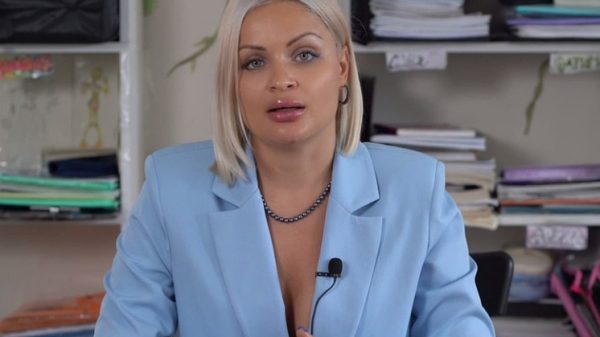

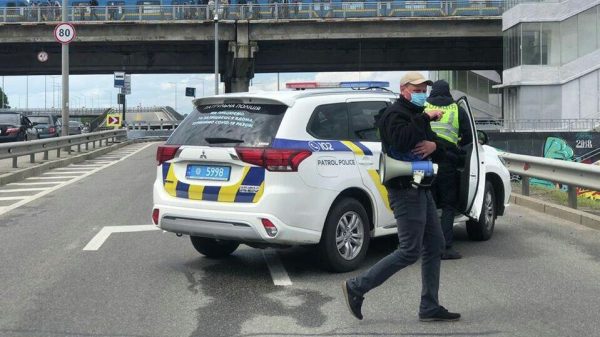








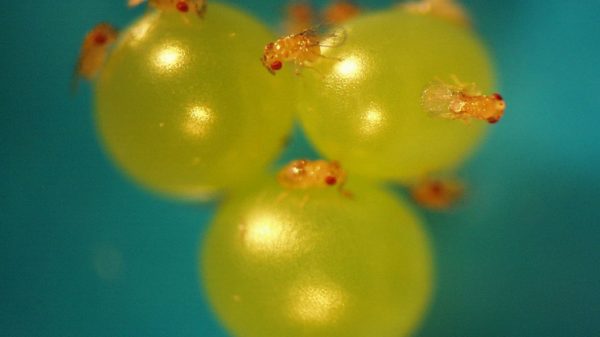
















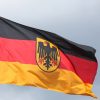


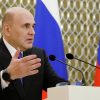
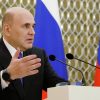














Свежие комментарии